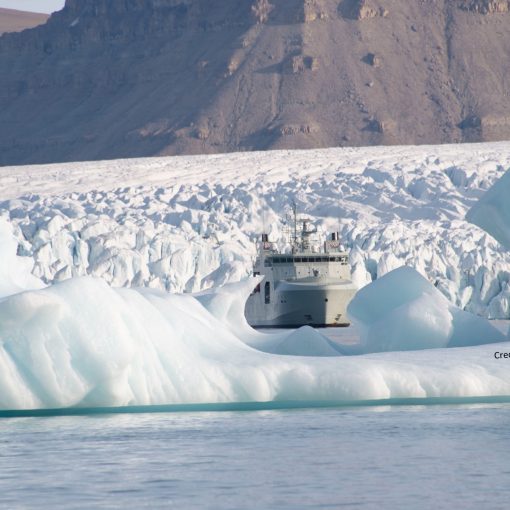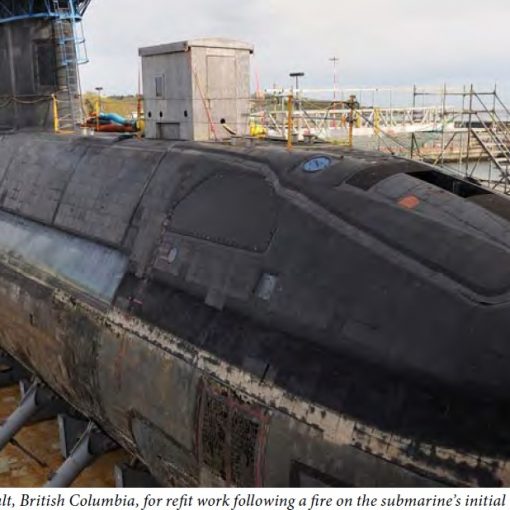The National Round Table on the Environment and the Economy (NRTEE) has issued a new report, entitled “Paying the Price: The Economic Impacts of Climate Change for Canada.” The report estimates climate change could cost Canada $5B by 2020, and this will rise to between $21B and $43B annually by the 2050s. The report shows that the principal effects of climate change will vary across the country:
- degraded air quality in urban centres;
- reduced timber supply in British Columbia and Ontario;
- and rising sea levels threatening communities in low laying areas in Prince Edward Island and British Columbia.
These estimates of cost put some more dimensions onto the problems identified in the Canadian military’s study entitled, The Future Security Environment, 2008-2030. The report says several types of military capabilities will be in greater demand due to climate change. Those most relevant to the navy are:
- support to assist victims of disasters around the world, ranging from humanitarian relief to full scale stability operations;
- sovereignty, security, and environmental missions in the Arctic; and
- maritime surveillance capabilities for standing patrols of Canadian marine areas.
The navy will have to develop the logistical means for domestic and foreign HA/DR and environmental missions, plus much more patrol, and surveillance capability for domestic constabulary missions. While the NSPS provides some of these capabilities, in as-yet undetermined numbers and capacities, much more will be needed.
The problem will be determining how well the need for new and additional capabilities will fare against other competing demands arising from climate change and its negative economic impacts on federal revenues. If the estimates in the NRTEE report are correct, the reduction will be significant and the need will be massive. As just one example, whole communities will have to be relocated as permafrost melts and sea levels rise.
Unless a major conflict erupts over resource scarcity, which is a scenario postulated as one of the outcomes in the Future Security Report, it is hard to imagine the navy not de-emphasising combat capability somewhat and pursuing a change agenda of a more utilitarian sort. However, even in the event of a major conflict, Canada will certainly be aligned with the United States. What role would Canadian maritime forces play in such an event, how would they be generated and sustained, and what operating concepts would inform their tactical employment? All of these issues remain unexplained.
Meanwhile, the ice continues to melt.



